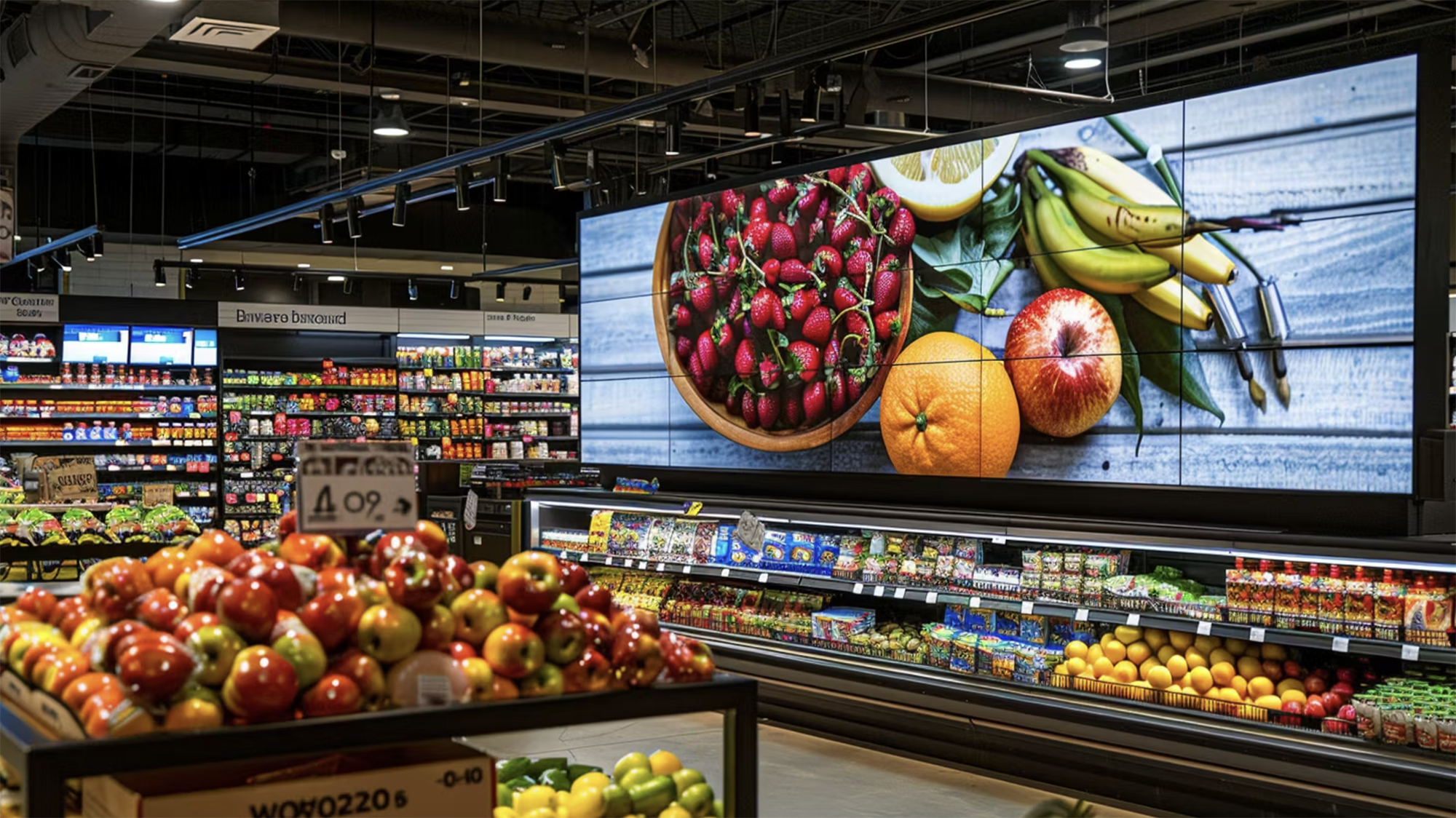5 Challenges of Store Automation in Digital Grocery

At a Glance
- Next-gen store automation has revolutionized the digital grocery landscape
- However, the path to implementing automation is not without its challenges
- Embracing store automation in the face of these challenges enables grocery retailers to stay competitive in the dynamic grocery industry
- This article explores five critical challenges grocers face when automating stores
Next-gen store automation has revolutionized the digital grocery landscape, offering numerous benefits to grocery retailers and customers alike. However, the path to implementing automation is not without its challenges. By proactively addressing these challenges, grocers can optimize their automation infrastructure and create a secure, efficient, and technologically-advanced shopping experience for customers.
Store automation refers to the use of technology and machinery to streamline and optimize various processes in a retail environment. Examples include self-checkout systems, automated inventory management, robotic fulfillment centers, and intelligent data analytics. Embracing store automation in the face of these challenges enables grocery retailers to stay competitive in the dynamic grocery industry, offering improved operational efficiency, enhanced customer satisfaction, and a solid foundation for future success.
This article explores five critical challenges grocers face when automating stores:
Operational Complexity and Scalability
One of the primary challenges of store automation is the inherent operational complexity and scalability. Implementing automation systems in a grocery store involves intricate planning, integration, and coordination across various departments. Managing multiple automation technologies, such as automated picking systems and robotic fulfillment centers, requires expertise and meticulous synchronization. Scaling up automation systems while maintaining operational efficiency and meeting customer demands can be challenging. Grocery retailers need to carefully analyze their systems, make strategic investments, and adopt a forward-thinking approach to adapt to changing market dynamics.
Customer Data Protection
In an era where data breaches and privacy concerns dominate customers’ minds, the security and protection of customer data is paramount. Automation streamlines various aspects of the grocery shopping experience and requires access to vital enterprise and consumer data. Grocers must adopt robust cybersecurity measures to safeguard this sensitive information. Implementing automated systems like self-checkout and mobile payment requires stringent protocols to prevent unauthorized access and to safeguard valuable customer data.
Initial Investment and Return on Investment (ROI)

Implementing store automation often requires a significant initial investment. The costs associated with acquiring and integrating automation systems, training employees, and upgrading infrastructure can be substantial. Grocery retailers must carefully evaluate the financial implications and calculate the expected return on investment (ROI) to ensure the long-term viability and profitability of automation initiatives. Determining the ROI of store automation can be complex as it involves considering factors such as labor cost savings, increased operational efficiency, improved customer experience, and potential revenue growth. Grocers need to conduct a thorough cost-benefit analysis, considering both short-term and long-term financial implications, to justify the investment and set realistic expectations for the returns.
Technical Issues and Maintenance
Store automation relies heavily on technology, and like any technology, it can experience technical issues and require regular maintenance. Grocers need to be prepared to address technical challenges promptly to minimize operational disruptions. This may involve having dedicated IT support or partnering with automation vendors for technical assistance and maintenance services. Resolving these issues in a timely manner is crucial to ensure smooth operation and minimize negative impacts on the customer experience.
Workforce Training
The transition to store automation in the grocery industry requires the workforce to adapt to new technologies and processes. Employees must be trained to operate and maintain automated systems effectively. Upskilling the existing workforce or hiring individuals with the necessary technical expertise can be challenging for grocery retailers. Additionally, managing employee morale and addressing concerns about job security during the automation implementation process requires effective communication and change management strategies.


.png)







.png)


